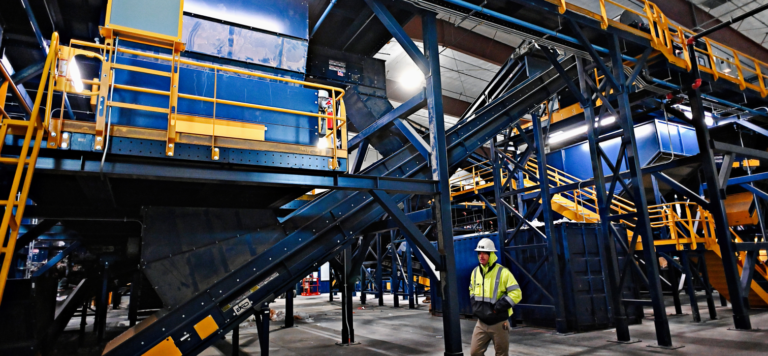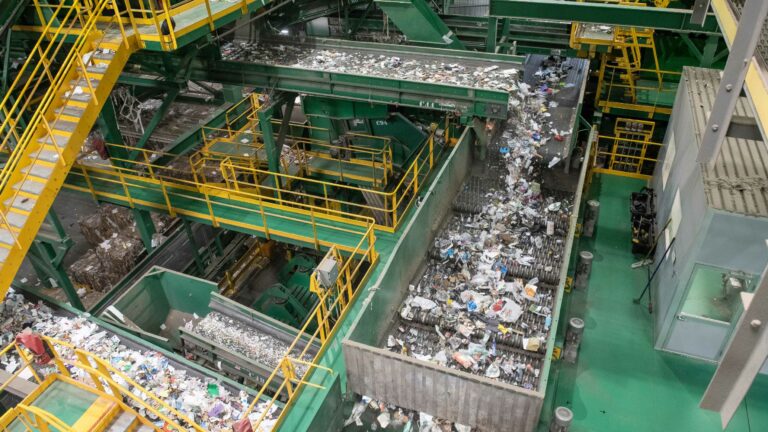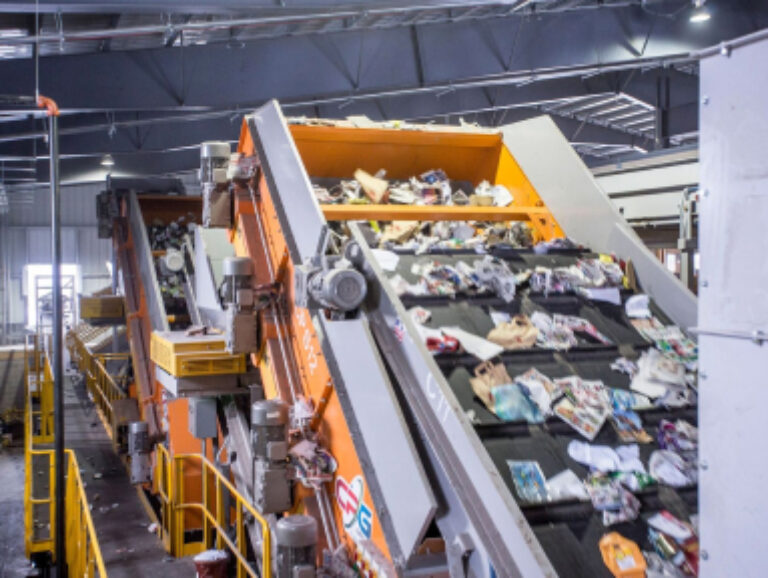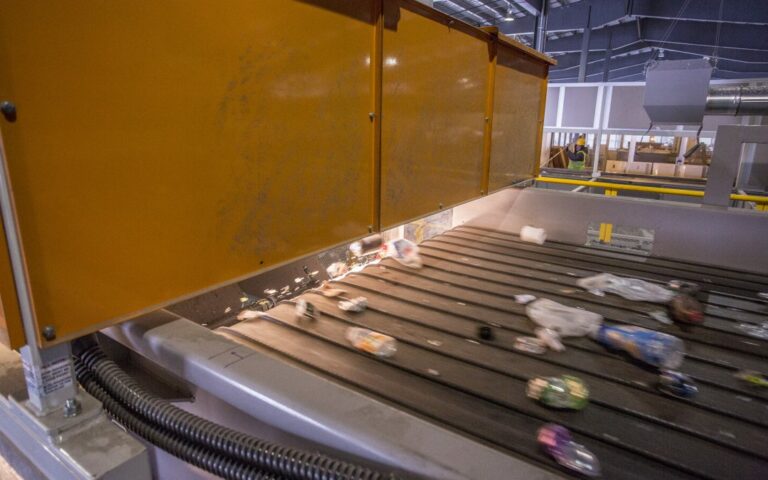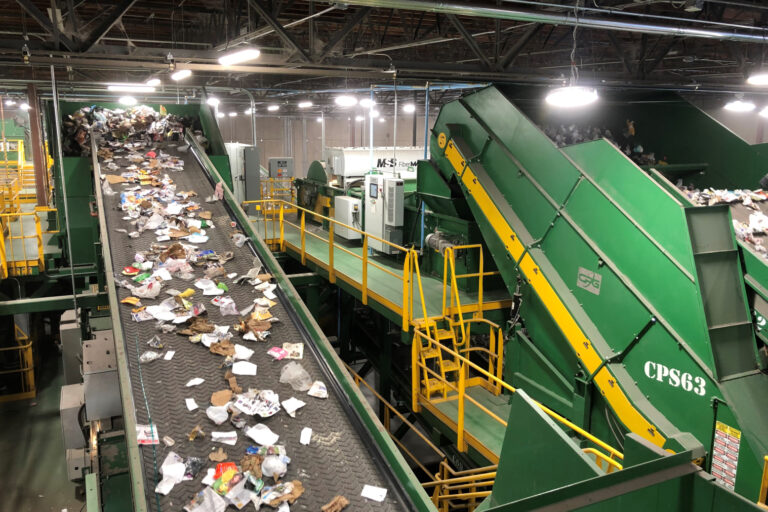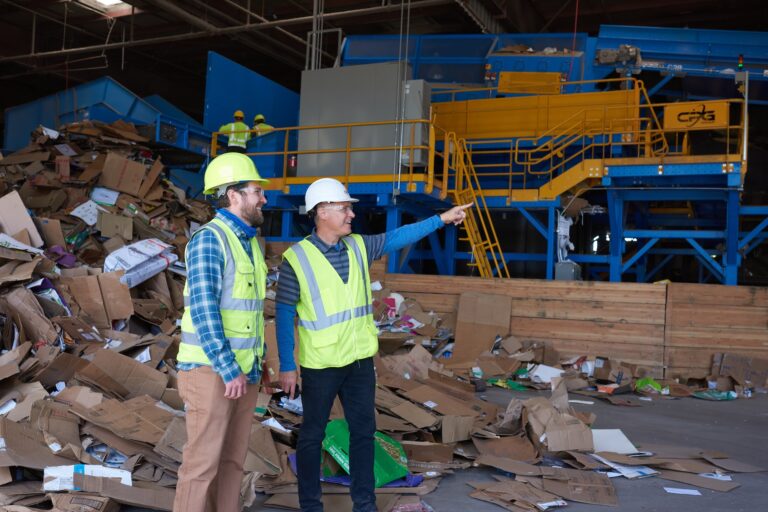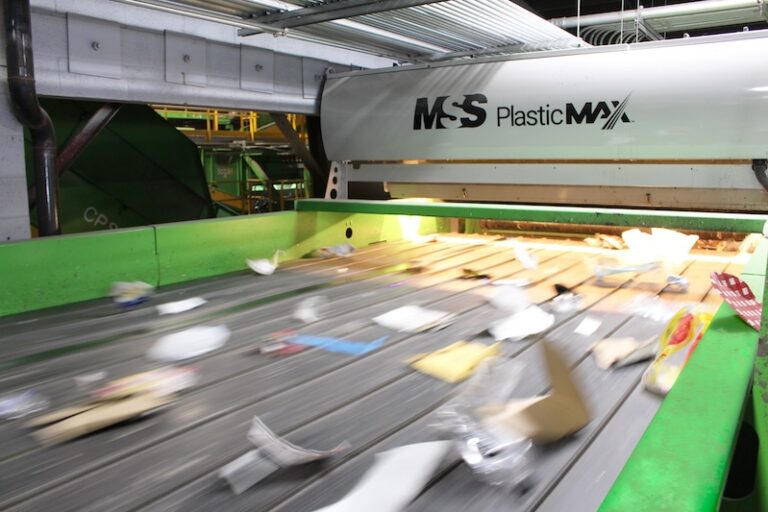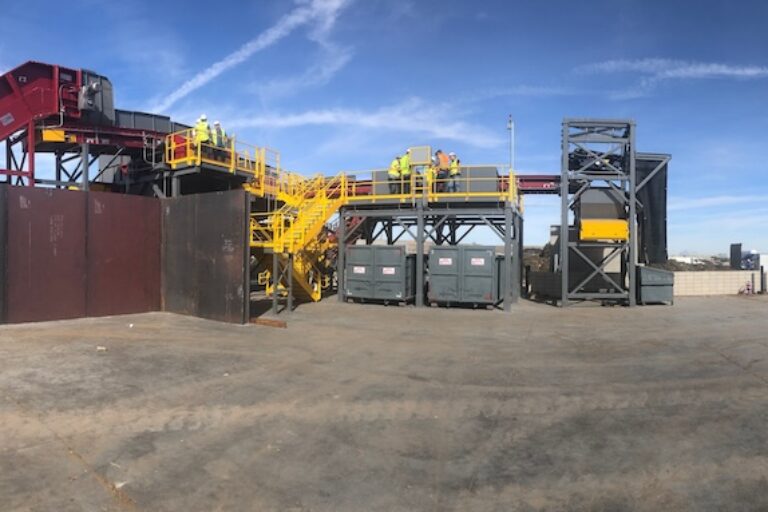Sorting Systems
You need a partner who fully understands your business and can drive results
We know how to deliver results for our customers for various waste streams. With over four decades of experience, we understand the design complexities of working with different material types, climates, throughput requirements, varying material delivery methods, space constraints, and the nuances of everyday MRF operations.
